My setup seems to have stabilised, for now.
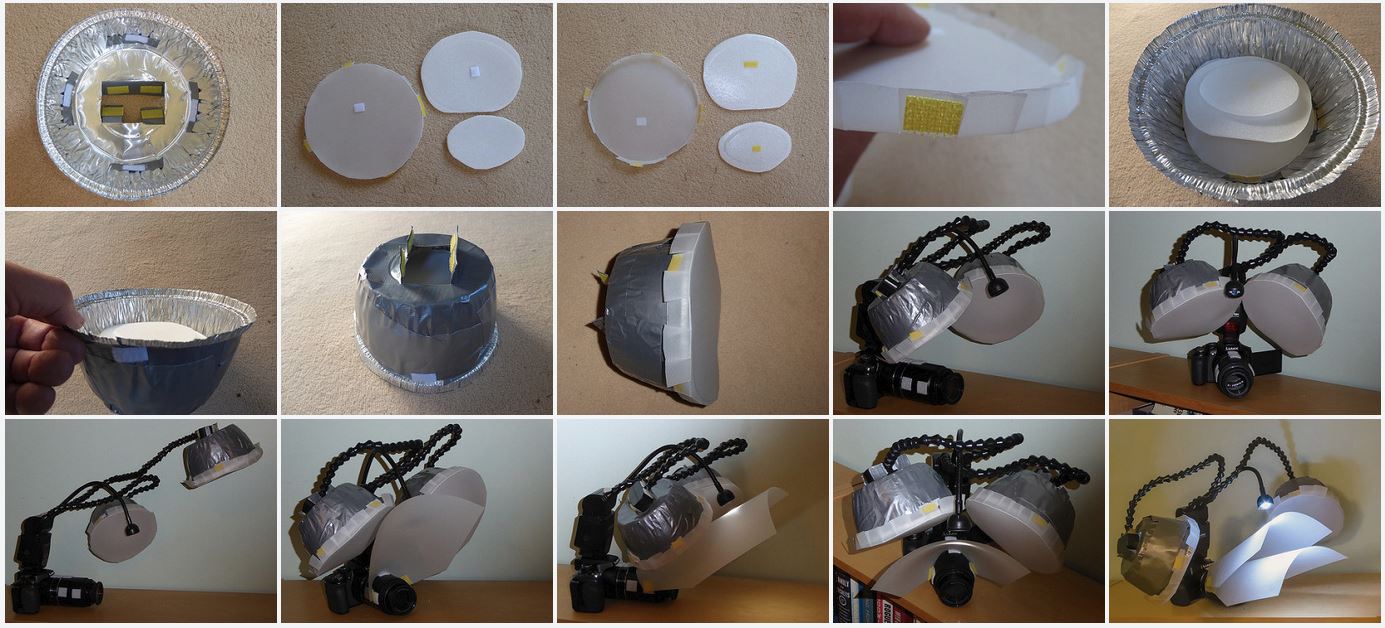
GardenersAssistant setup January 2016 by
gardenersassistant, on Flickr
Individual images
here at Flickr.
The flash unit is a manual (i.e. no TTL flash exposure metering) Venus Optics KX800.
The bottom diffusion layer and the top diffusion layer in each bowl is 160 gram (I think) "plastic paper", as are the curved concave diffusers shown on the bottom row. The two smaller part-layers which sit on the bottom layer are cut from expanded polystyrene plates. The expanded polystyrene layers are held a little way off the bottom layer by male/female pairs of self-adhesive hook and loop (Velcro-like) squares. The outer diffusion layer is attached to the bowl, and the bowls are held on to the flash heads, with slightly larger hook and loop patches.
I'll probably be using this setup sometimes without the concave diffusers and sometimes with one or with two concave diffusers. I haven't decided which setup I prefer yet. I may chop and change depending on subjects, scene configurations, mood etc.
This setup shows a Raynox 150 or 250 on an adaptor tube on my FZ200. I sometimes use the same arrangement with my G5, especially with the MSN-202 for smaller subjects. I could use the same arrangement with my 70D, but I don't, because I've stopped using the 70D with flash, and only use it for natural light work, mainly flowers, and mainly lower magnification, either with the 55-250 STM lens by itself, or with the low power Canon 500D close-up lens.
The KX800, with batteries and the bowl diffusers shown here, weighs 658 grams. The individual bowl diffusers weigh about 40 grams each.
The FZ200 with one of my close-up lenses (Raynox 150, 250 and MSN-202, and Canon 500D) is about 20cm front to back and together with the KX800 and diffusers weighs about 1450 grams. The minimum scene width (with the MSN-202) is about 3.5mm (about 6:1 in APS-C terms, but I rarely if ever go to that degree of magnification).
The G5 with 45-175 lens and one of my close-up lenses is about 17cm front to back, and together with the KX800 and diffusers weighs about 1350 grams. The minimum scene width is about 4.5mm (about 5:1 in APS-C terms)
Autofocus works at all magnifications with both the FZ200 and G5, although at higher magnifications it is usually more practical to use fixed manual focus and move the camera. Except where something like a jumbled up spider's nest gets in the way, I routinely use autofocus at all magnifications available with the Raynox 250 and the less powerful Raynox 150 and Canon 500D. This means that with the Raynox 250 on the FZ200 I routinely autofocus down to a minimum scene width of about 8mm (about 2.8 :1 in APS-C terms).
Within the range offered by each close-up lens, I can change magnification without moving the camera. I do this a lot, flipping back and forth between magnifications, as I like to have series of images with the subject a different size in the frame.
I sometimes use a tripod and sometimes work hand-held, depending mainly on which approach I feel like using that day (or hour, or minute).
I have a strange tripod.

GardenersAssistant tripod January 2016 by
gardenersassistant, on Flickr
Individual images
here at Flickr.
When I use the tripod I generally use it in "tripod-assisted" mode. I keep my hands on the camera and use the tripod to steady the camera. This helps in framing the image, the more so as magnification increases, and it gives me more precise, repeatable control over where the centre of focus falls, which is important for making best use of limited depth of field. It also helps me keep the camera pointing at a subject, and at the right distance from it, for extended periods, including in awkward to get at positions. This matters because I sometimes spend quite a long time photographing a particular subject, for example where there is some ongoing action such as a spider wrapping its prey. This "tripod-assisted" technique is similar to how some people use poles, sticks or monopods to steady the camera.
I occasionally (generally in very still air) use the tripod in classic "hands-off" mode, using a remote shutter release. This is generally for flowers, although I do also use it for early morning natural light shots of invertebrates when they haven't started moving yet.
I can get to shots faster hand-held, and some shots are only possible hand-held (e.g. one-handed leaning over the top of a bush and pointing the camera at a weird angle). But once I have the setup lined up (assuming I have time to do that), I can make better use of opportunities using the tripod. I can be more creative working hand-held, which is how I usually work for botanical subjects (which are generally quite low magnification). With invertebrates, I like working hand-held, but I think I probably get better results using the tripod.


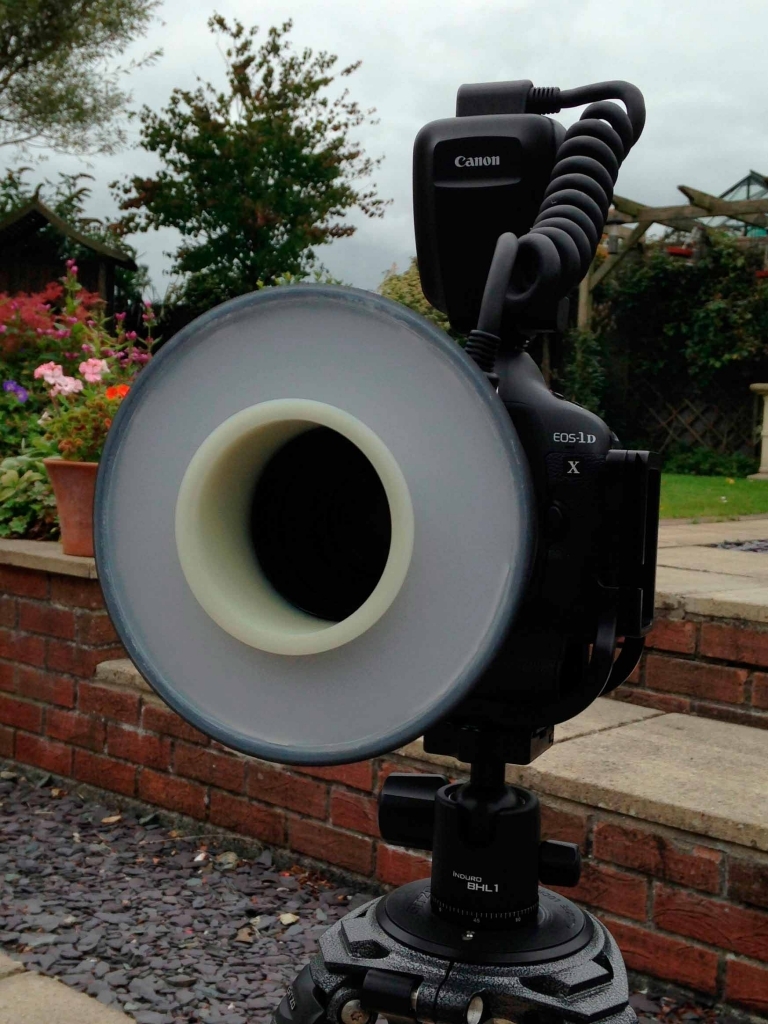





 Megalothorax Hunting Gear
Megalothorax Hunting Gear Megalothorax minimus
Megalothorax minimus





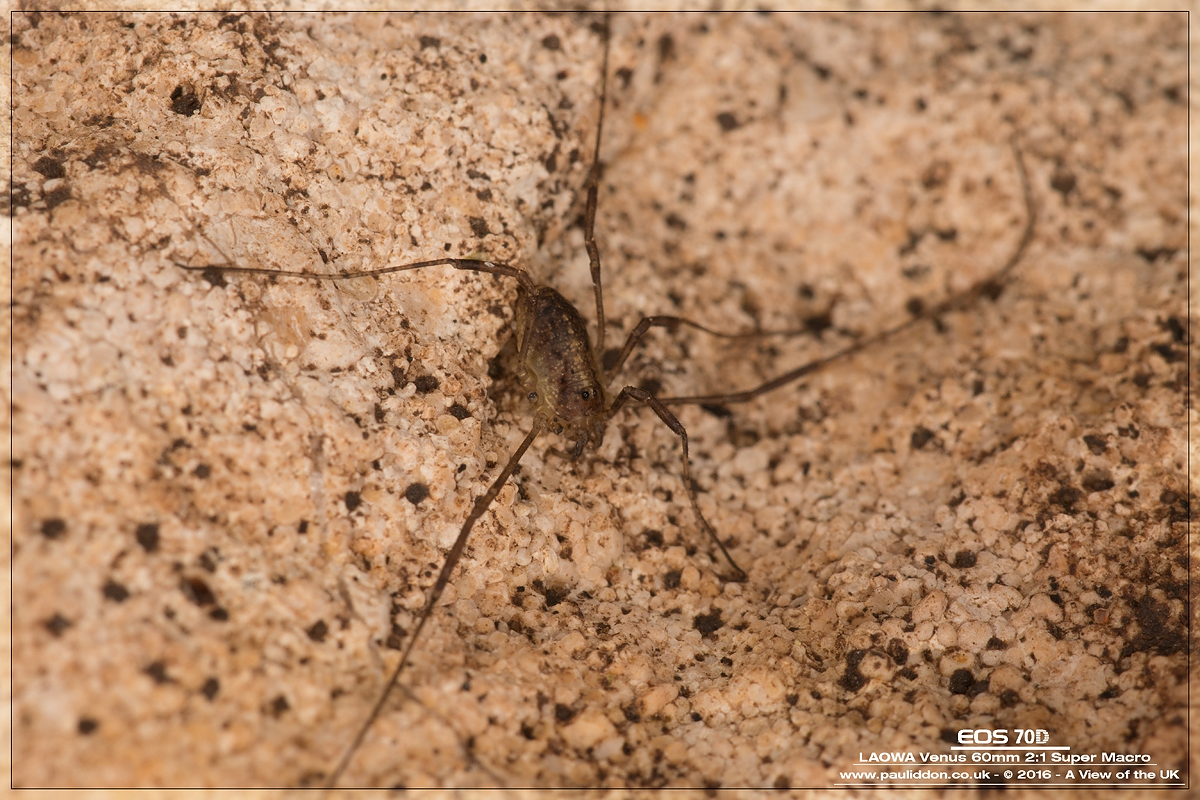
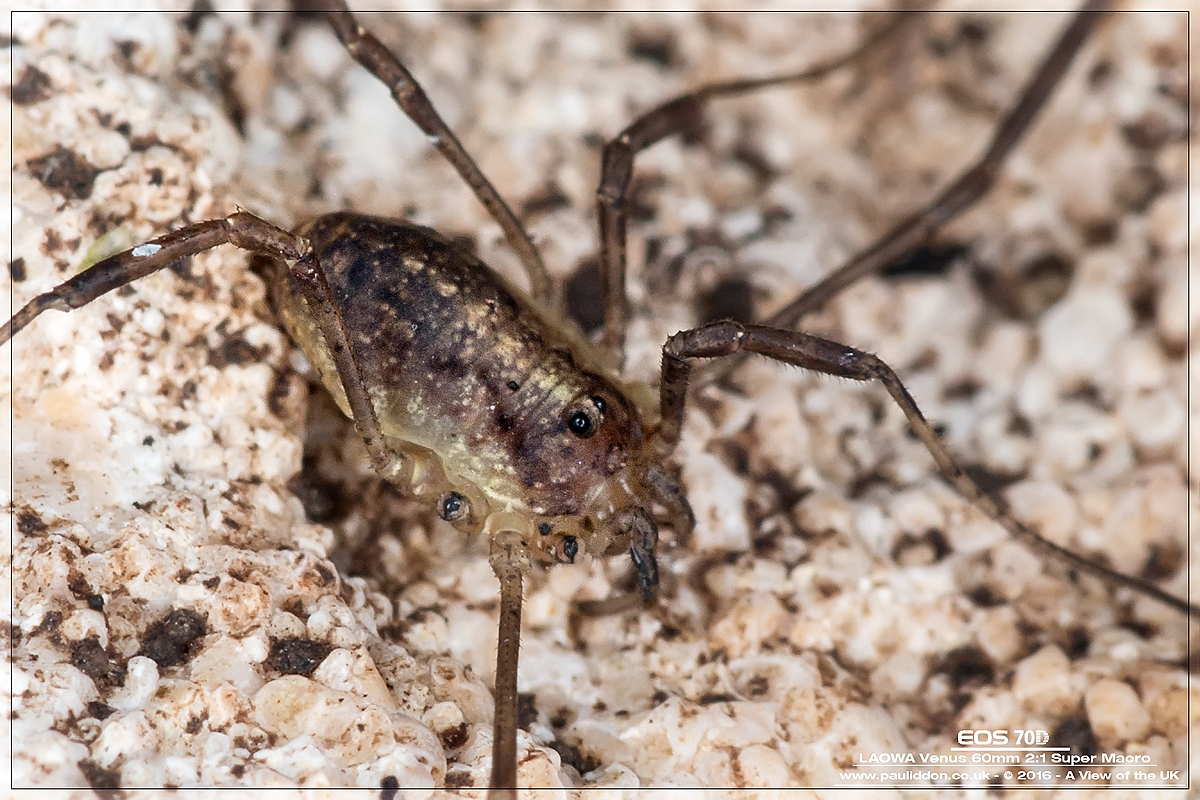
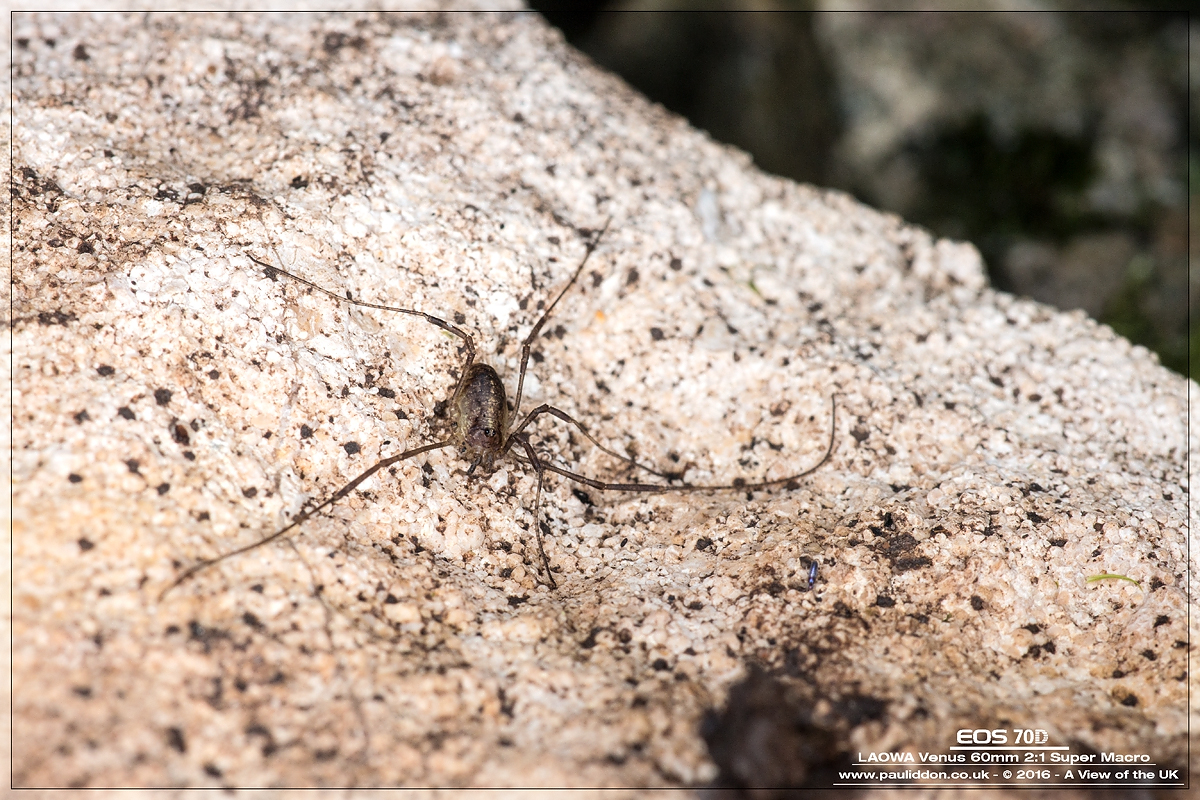
 Macro rigg E M5II
Macro rigg E M5II Orchesella cincta juvenile
Orchesella cincta juvenile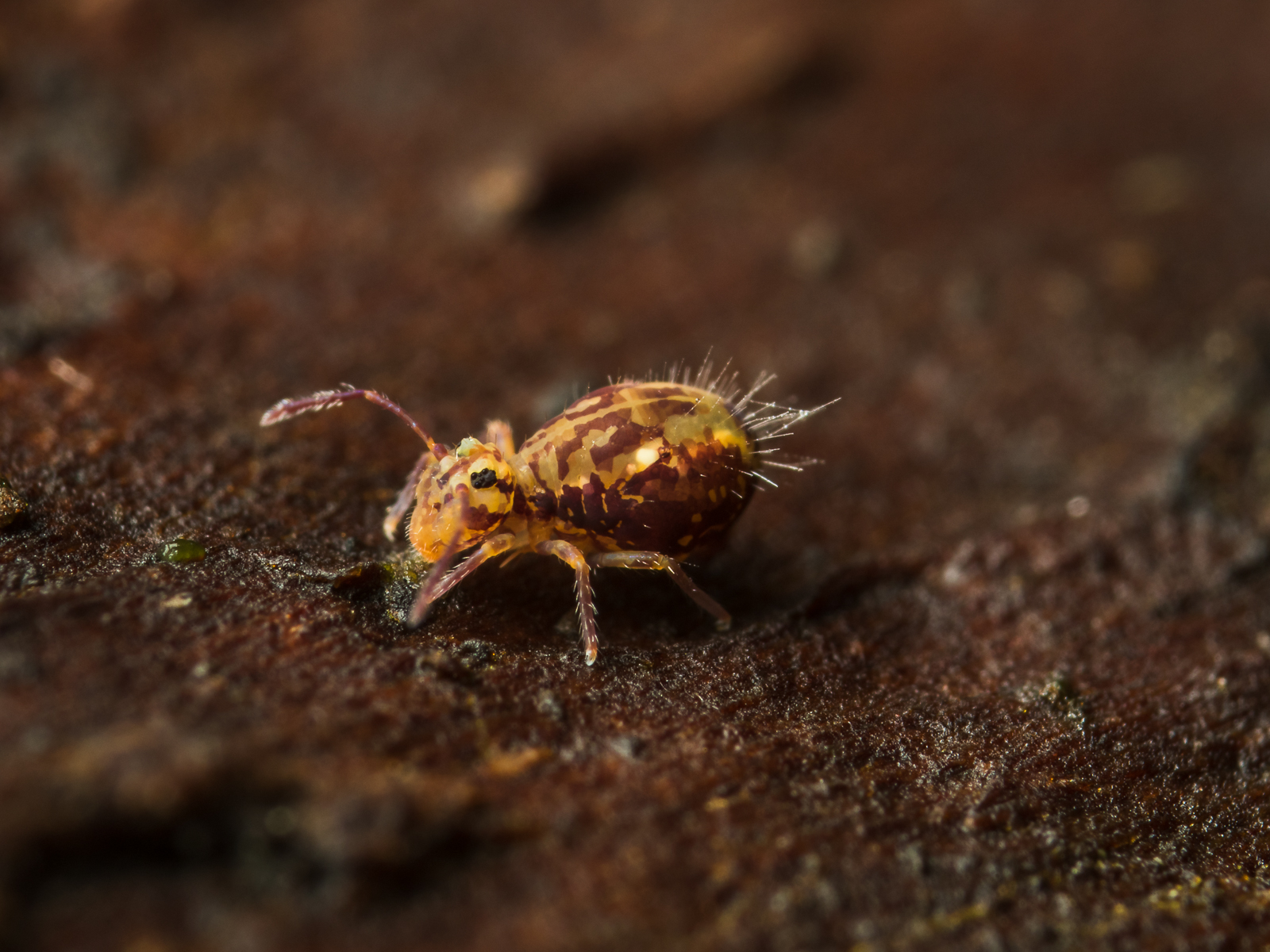 Dicyrtomina saundersi
Dicyrtomina saundersi




